
How to size a temporary electrical installation for a festival
How to size a temporary electrical installation for a festival
Sizing a temporary electrical installation for a festival is a crucial task that requires a thorough analysis of the event’s power needs. This technical implementation ensures that the power distribution is tailored to each area of the site, while meeting safety, performance, and regulatory compliance requirements.
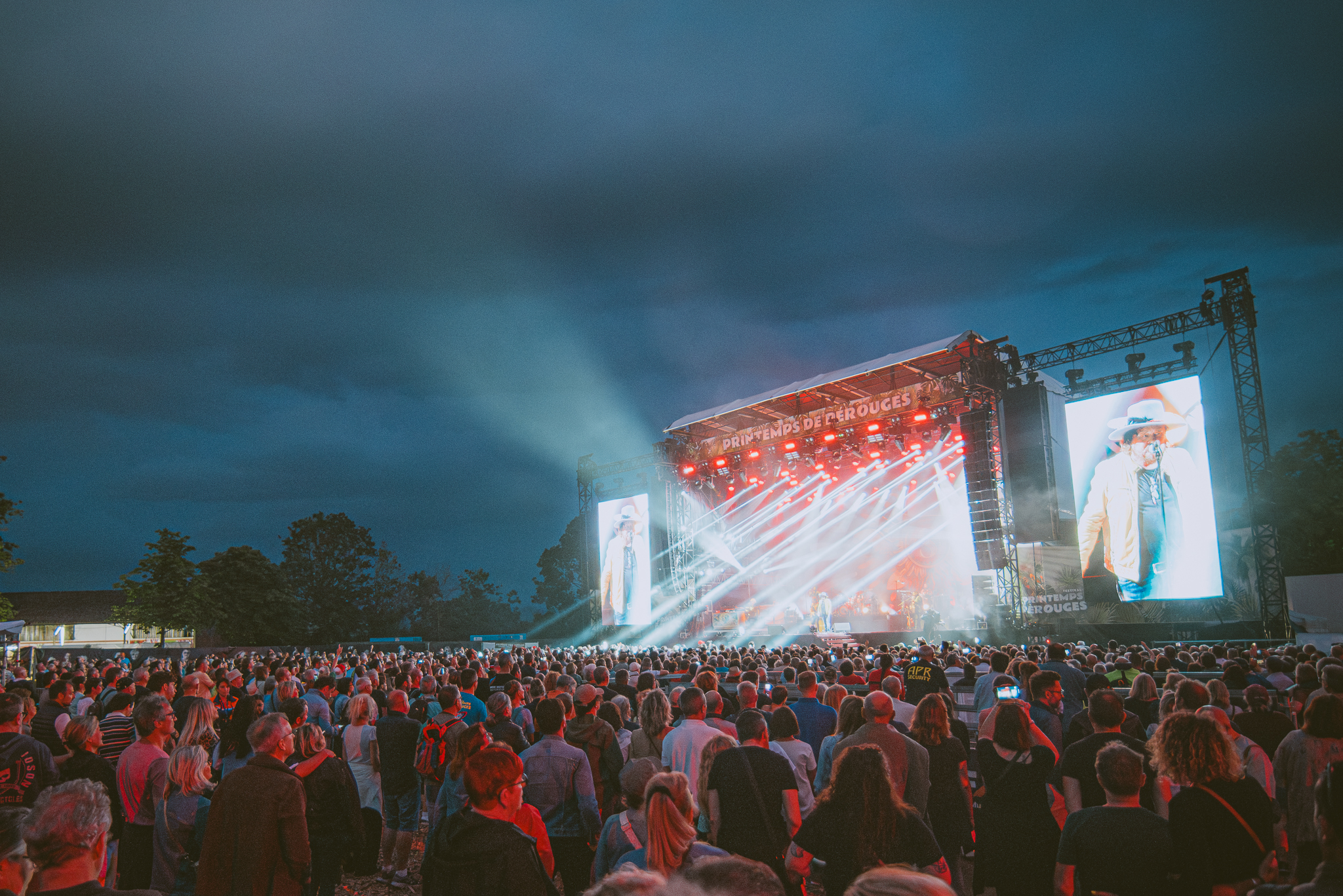
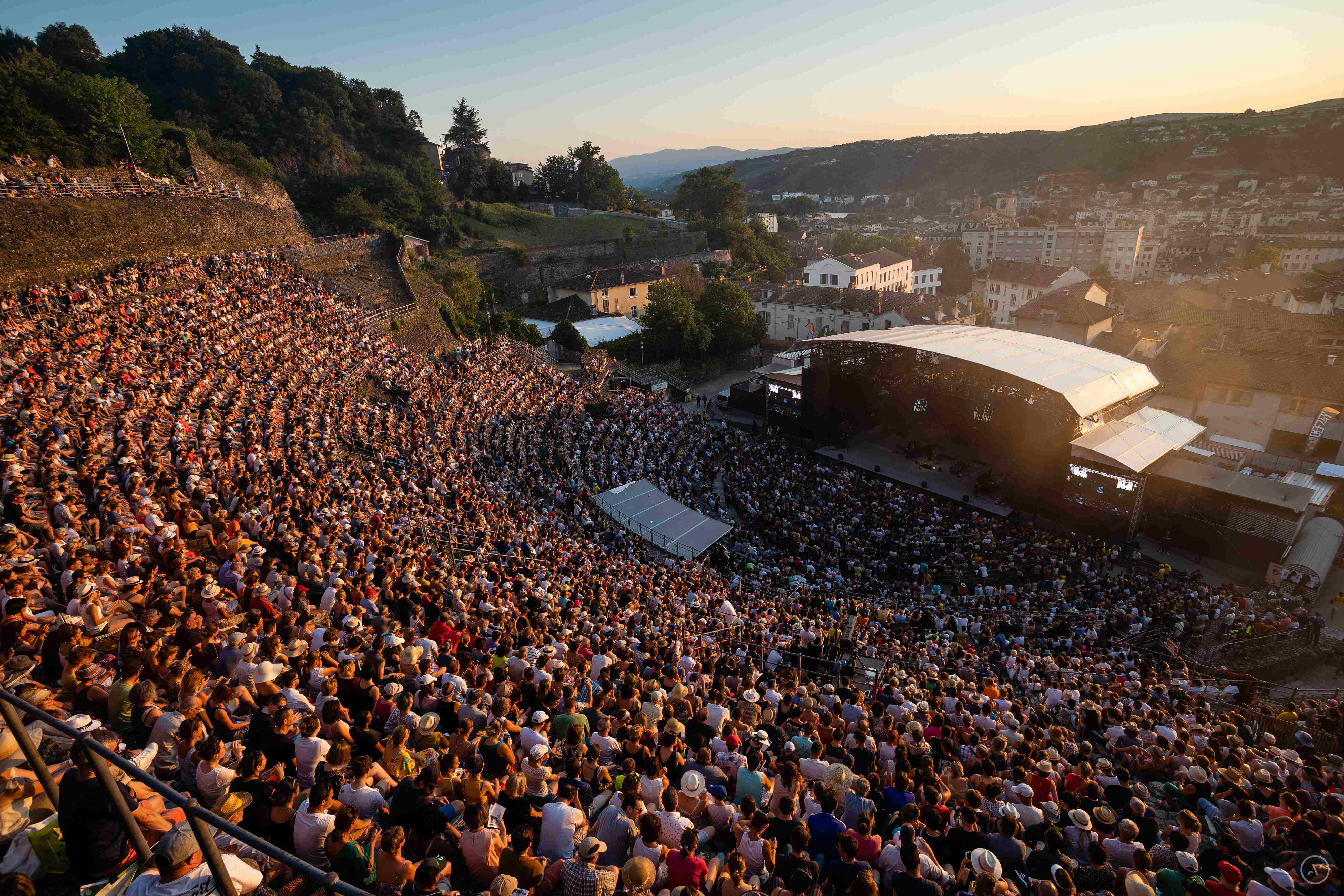
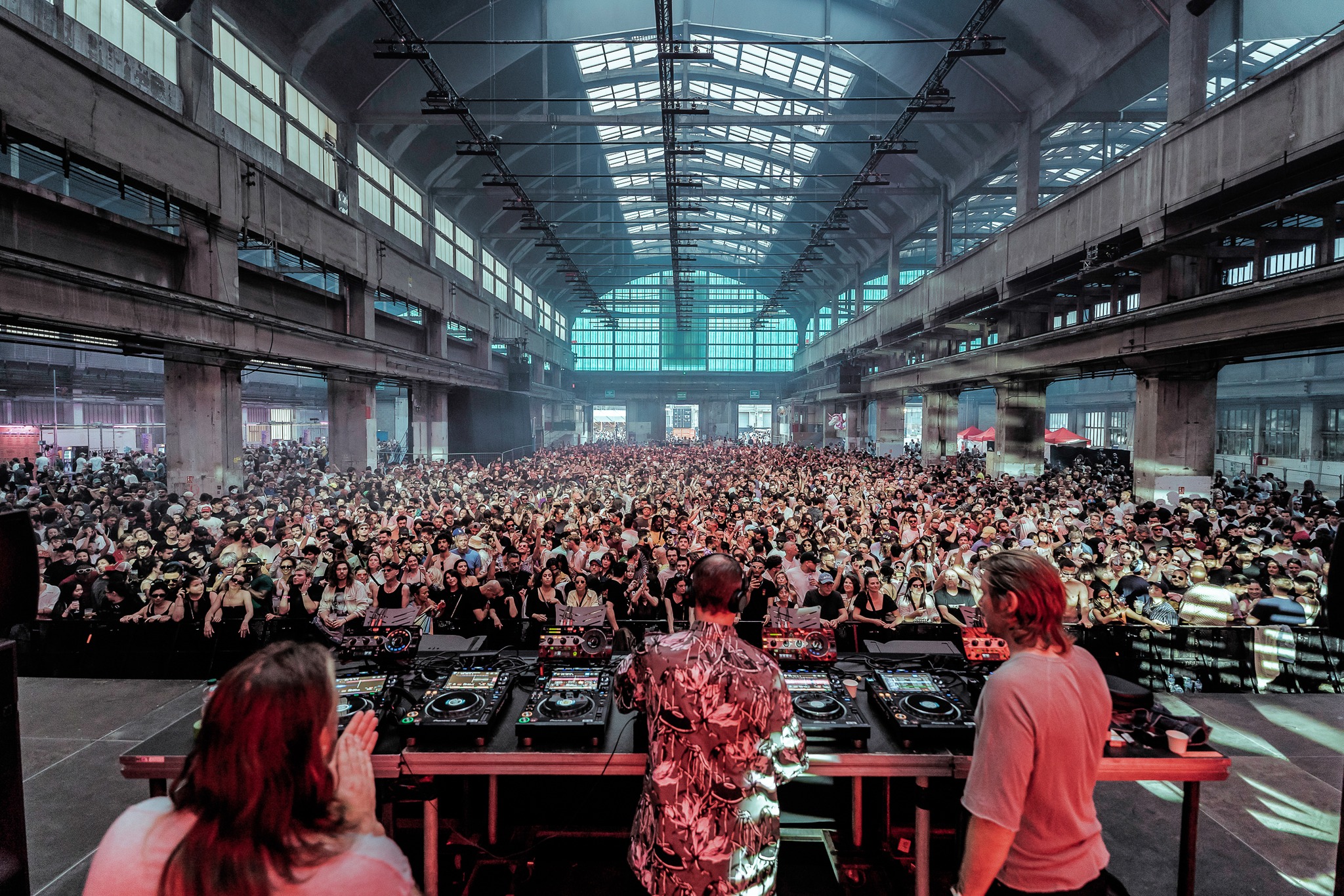
At GL events Audiovisual & Power, we understand that every temporary installation must be designed to ensure the protection of both people and equipment, prevent risks related to power overloads, and enable smooth connection to available power sources, including the Enedis grid when necessary. This is a precise and technical process, involving calculations of power requirements, connections, grounding, installation checks, and the selection of appropriate equipment.
This guide walks you through each step to ensure the success of your event installation from assessing your power needs to selecting the right electrical equipment, distribution boards, and cables for each application. It is based on the professional practices we implement in the field, backed by the proven expertise of our specialized technical teams.
Understanding the power requirements of a festival
Before any connection is made, it is essential to carry out a precise assessment of the event’s electrical needs. Each area of the festival whether it be the stage, the partners’ village, the catering zones, or technical areas, requires dedicated temporary installations with specific demands in terms of power, protection, connectivity, and safety.
To understand a festival’s power requirements, the first step is to create a comprehensive inventory of all electrical equipment to be deployed: sound systems, lighting, refrigeration units, ticketing systems, and more. These devices generate simultaneous power consumption that must be anticipated, especially in cases of voltage peaks or prolonged usage.
A reliable estimation also includes usage duration, operational cycles, and proper grounding of circuits. It is equally important to schedule mandatory safety inspections beforehand, in compliance with regulations governing temporary installations open to the public.
Evaluating equipment and power consumption
Each piece of equipment must be clearly identified: its rated power, connection type (single-phase or three-phase), and operating conditions. An undersized electrical installation can result in voltage issues, outages, or safety hazards.
All equipment should be grouped by functional area to ensure effective electrical distribution and safe connections through suitable distribution boxes. A safety margin is then applied to allow for last-minute additions or additional work during setup.
Estimating usage duration and intensity
Some equipment, such as refrigerators or emergency systems, runs continuously. Others, like stage lighting, are used intermittently but require very high power loads. Electrical supply must therefore be adjusted according to the type of usage, power demand, and potential voltage fluctuations.
A well-executed installation service will also include backup power sources (such as generators or batteries) and provide control points to enable real-time monitoring of the entire system's performance.
Calculating the required capacity for your temporary electrical installation
A properly sized temporary electrical installation is based on a detailed analysis of the power needed for each area of the festival. This step helps prevent voltage issues, ensures safe connections, and provides smooth electrical distribution throughout the event.
It is not enough to simply add up the total power consumption of the equipment: one must also consider the simultaneity factor, safety margins, the type of connection required, and site-specific conditions such as cable lengths, setup constraints, and access to public power supply points.
Before any system is powered up, thorough checks are carried out: grounding continuity tests, differential protection checks, and cable inspections. This meticulous process ensures a compliant, safe, and fully operational installation from the moment the event opens.


Adding up the required power for each element
Each electrical device or area (stage, catering, dressing rooms, booths) is associated with a rated power, expressed in kW or kVA. To determine the total required capacity, equipment is logically grouped by usage type lighting, sound, catering, etc. and connected accordingly.
A safety coefficient (typically +20%) is then applied, and the values are converted into kilovolt-amperes (kVA), the standard unit used for selecting generators, distribution panels, or Enedis supply lines connected to the site. This ensures a safe implementation that complies with applicable regulations.
Accounting for power surges
Certain equipment such as refrigeration units, compressors, or halogen projectors generates significant power surges at startup. These temporary spikes can cause power outages or even damage the electrical system if it is poorly sized.
Anticipating these consumption peaks is therefore essential. Solutions may include using dedicated circuits, adding a secondary generator, or installing specific surge protection systems. In sensitive areas, it is recommended to separate circuits, reinforce electrical infrastructure, and ensure continuous monitoring during operation.
Choosing the right equipment
The success of a temporary electrical installation also depends on the quality and compliance of the equipment used. Each event setup comes with its own set of challenges: uneven terrain, weather conditions, high foot traffic, and sometimes the absence of a connection to the Enedis public grid. It is therefore essential to choose electrical equipment that is robust, reliable, and specifically designed for temporary worksites.
At GL events Audiovisual & Power, we implement modular installations tailored to temporary events. Our solutions include distribution boxes designed to handle multiple connections, equipped with residual current protection devices, and installed in accordance with current grounding and electrical safety standards.
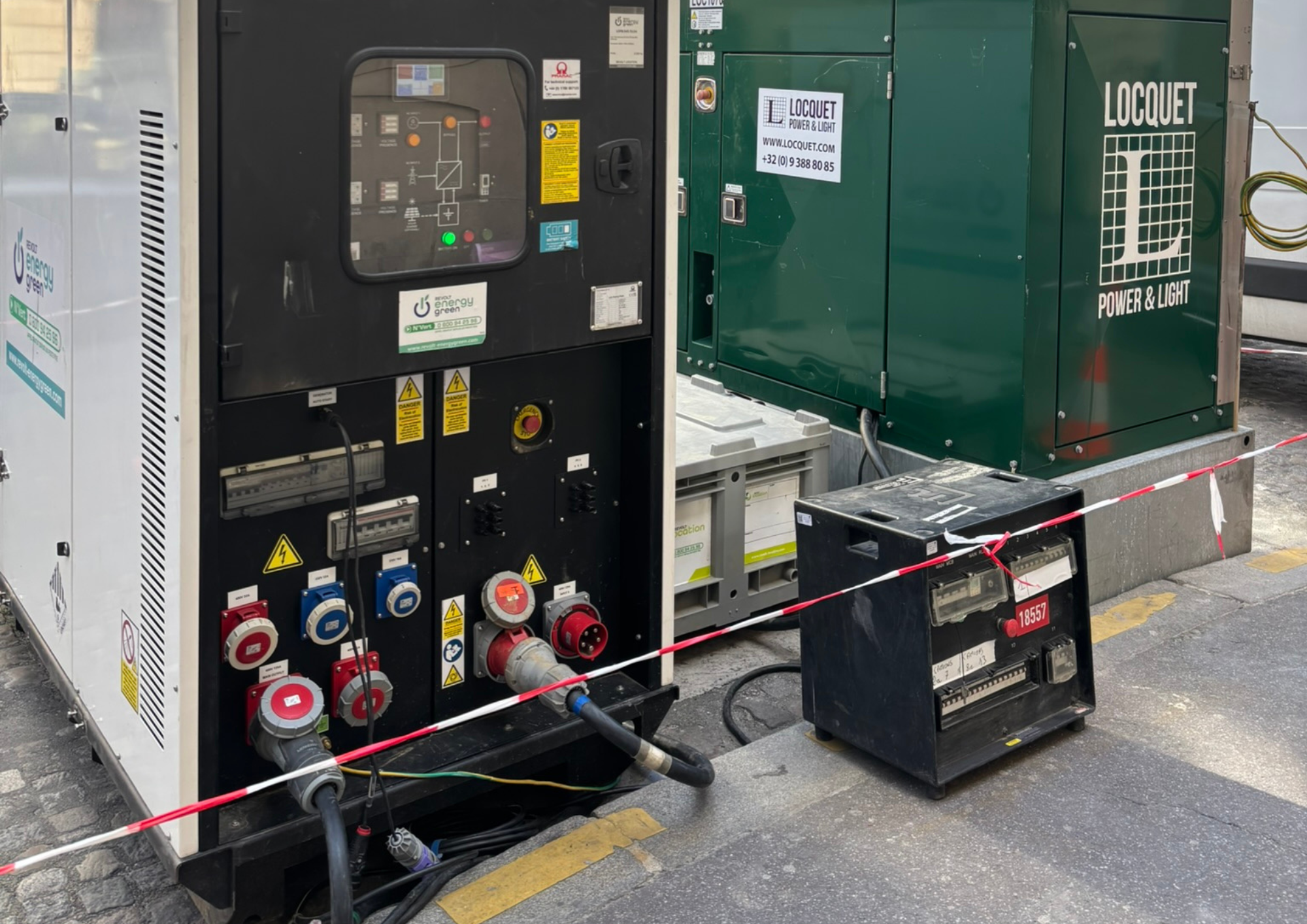
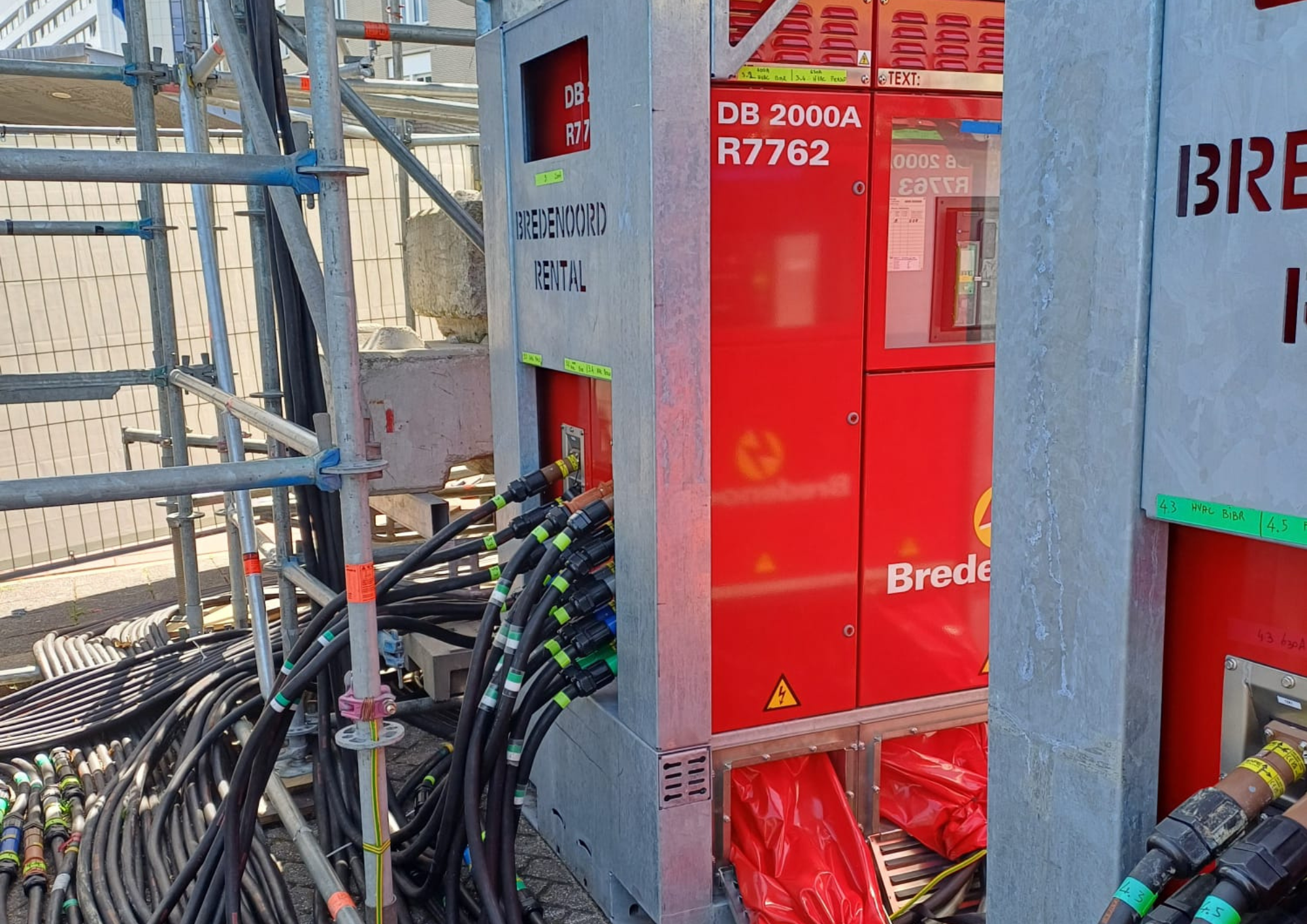
All our equipment is selected for its robustness, compliance with event-specific standards, and reliability in demanding environments whether for festivals, trade shows, or sporting events.
Working with a specialized service provider like us guarantees safe electrical connections, full regulatory compliance, and thorough verification of each electrical unit before the festival opens.
Selecting the right cables and circuit breakers
Each line must be fitted with suitable electrical cables capable of carrying the required load over long distances without voltage drops. H07 RNF cables are often recommended for this type of installation due to their flexibility and resistance to outdoor conditions.
Circuit breakers must be paired with residual current devices (30 mA minimum) and properly rated according to the intended use (single-phase or three-phase). Their purpose is to protect the installation by automatically cutting power in the event of overloads or insulation faults.
Finally, grounding must be systematically checked on every distribution box. In difficult terrain, additional grounding rods may be required to ensure effective protection for both the public and technical staff.
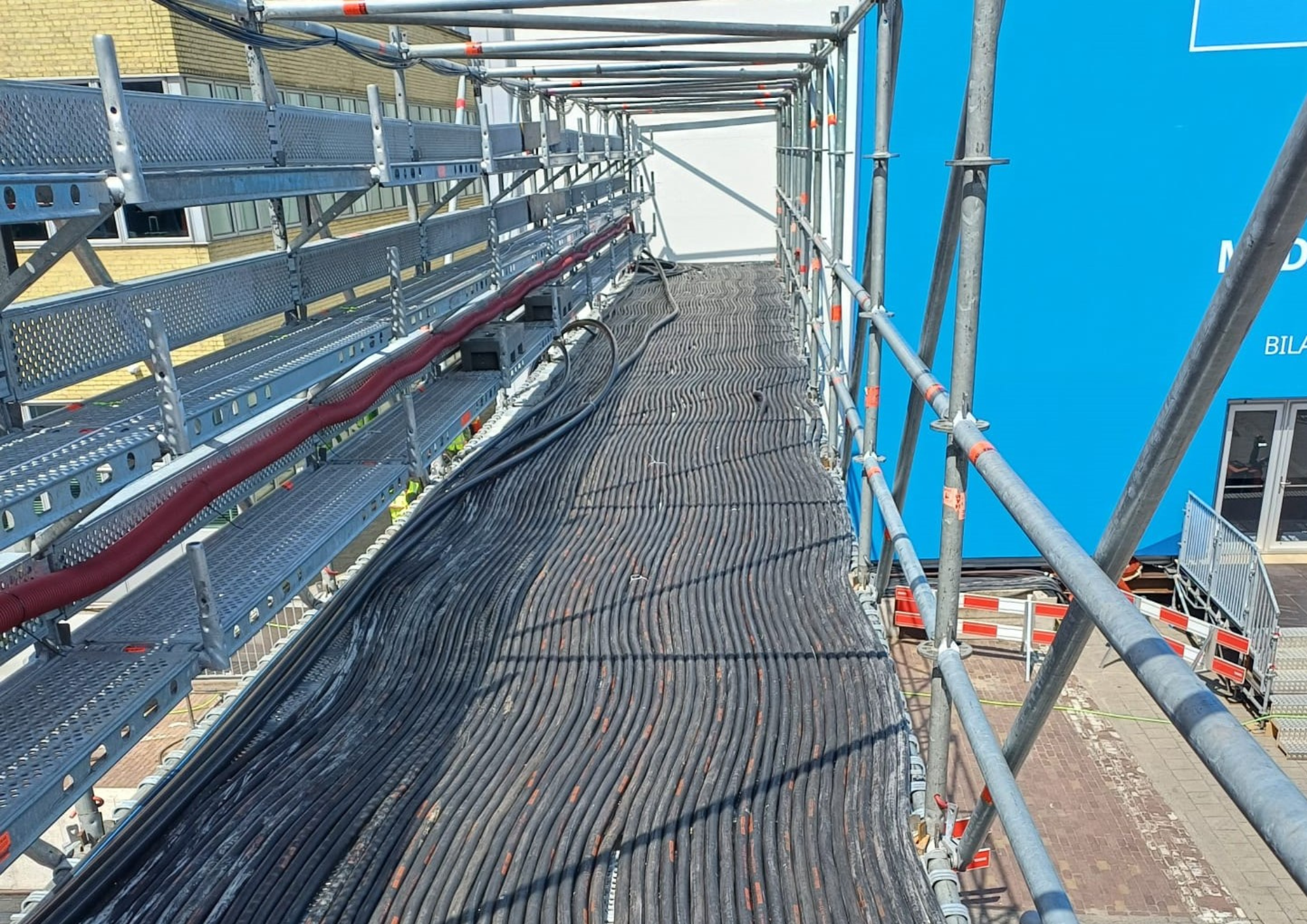
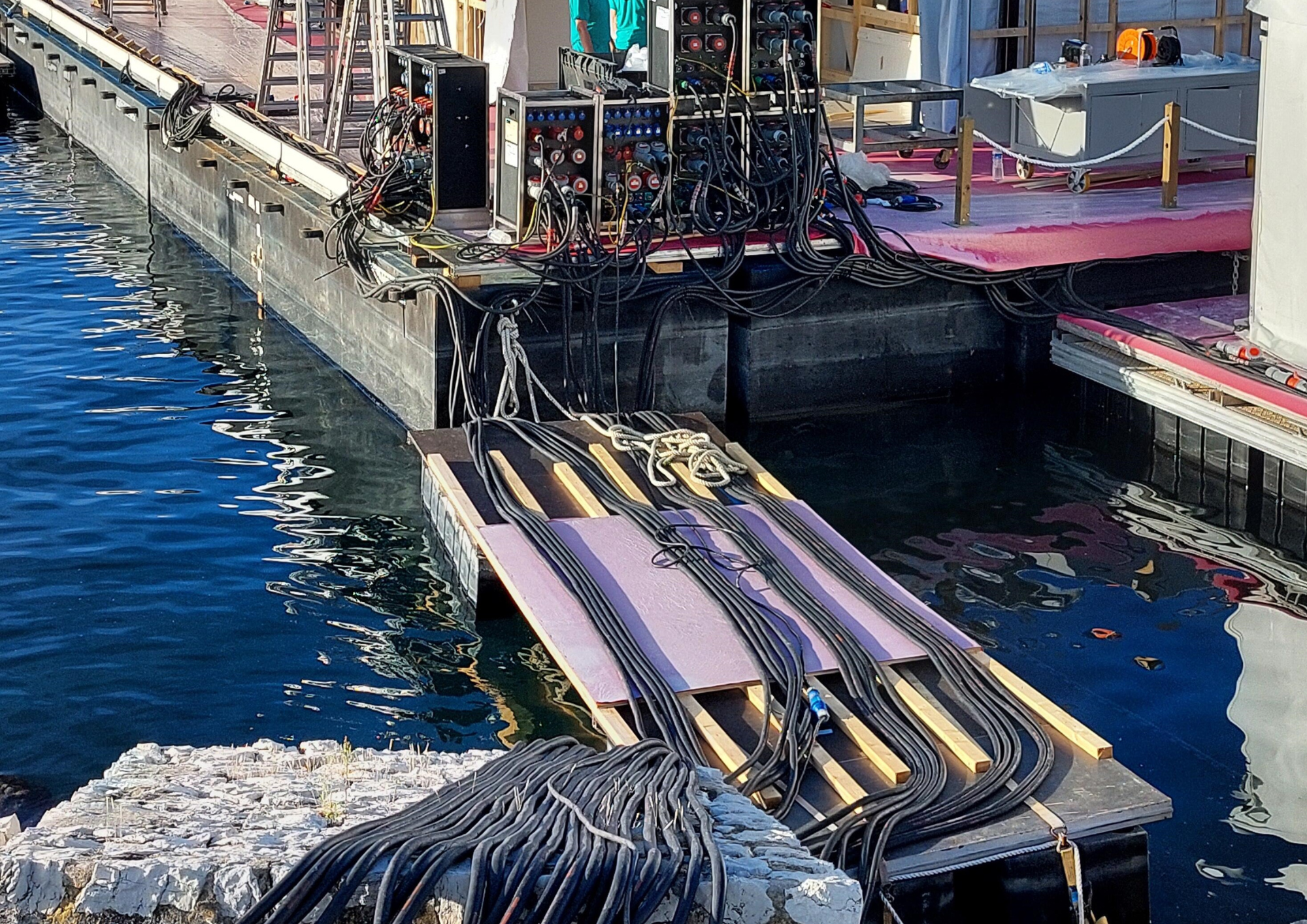
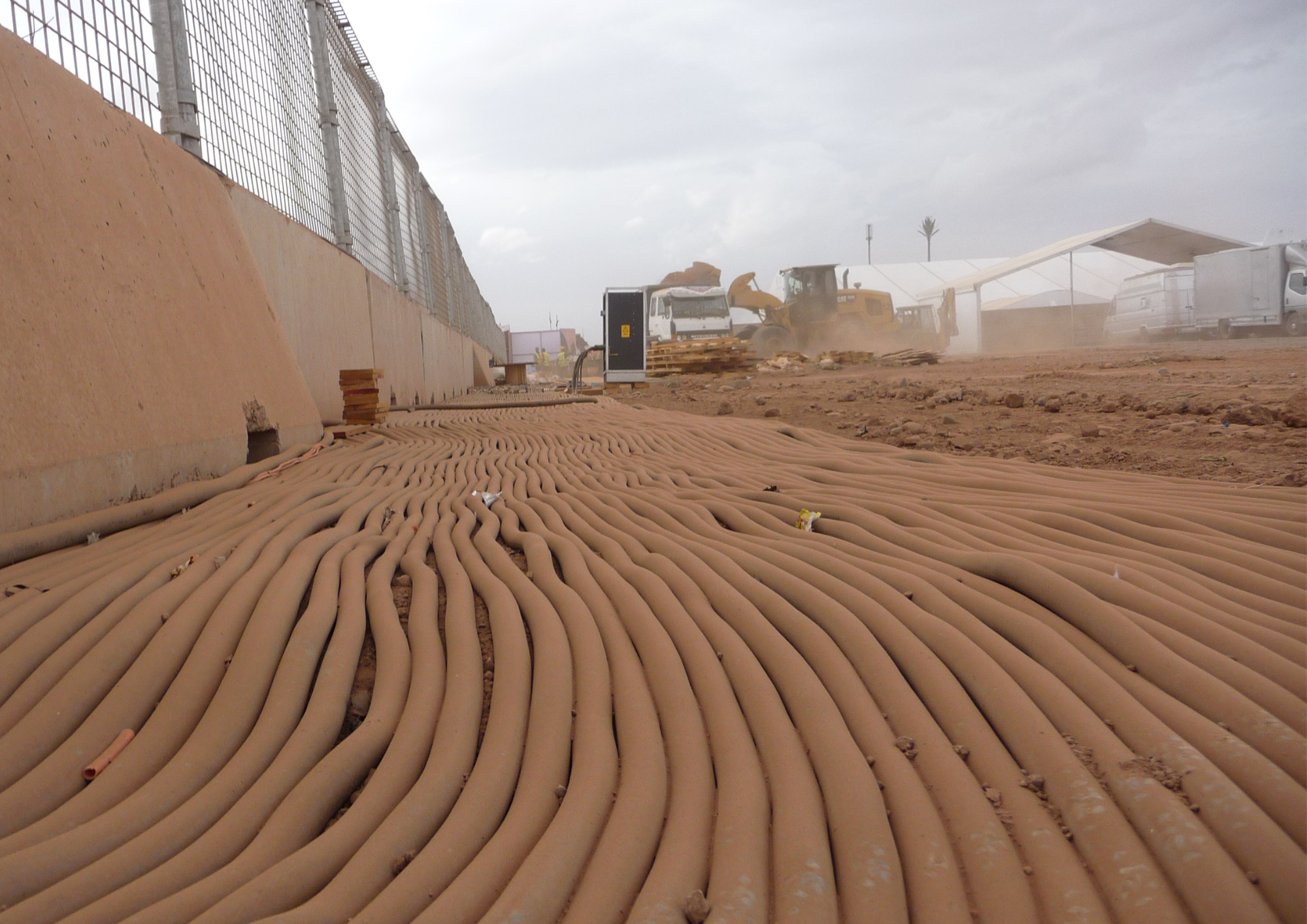
Using generators when needed
On sites not connected to the Enedis grid, or when additional power is required, it is essential to install one or more generators. These units must be selected based on the total calculated power load and equipped with automatic voltage regulation systems to ensure stable power supply across all circuits.
An experienced installation service will also plan for fuel storage areas, secure access to the generator, and the necessary fire safety measures. Load tests and a full system check are carried out prior to commissioning, along with continuous technical monitoring throughout the duration of the festival.
